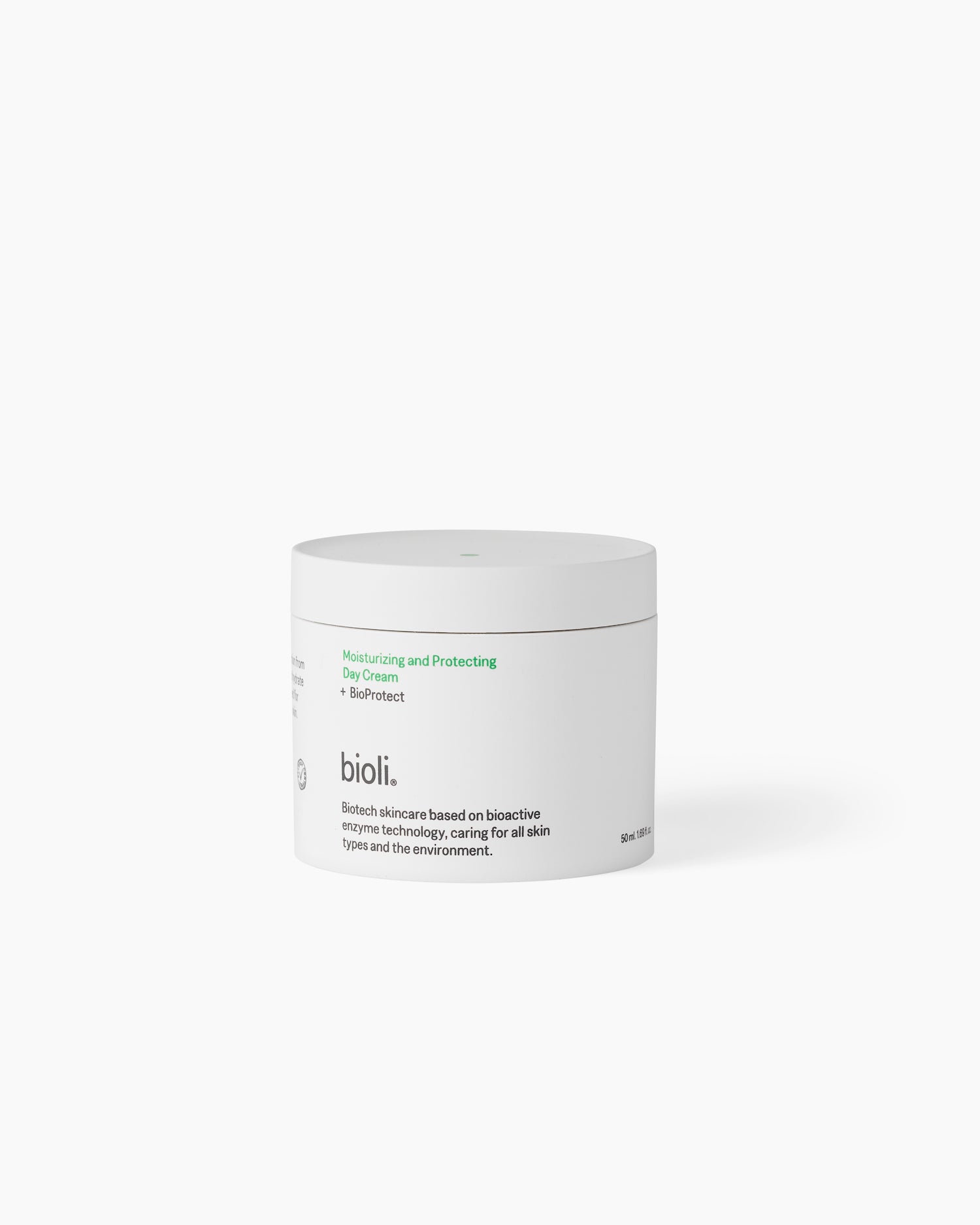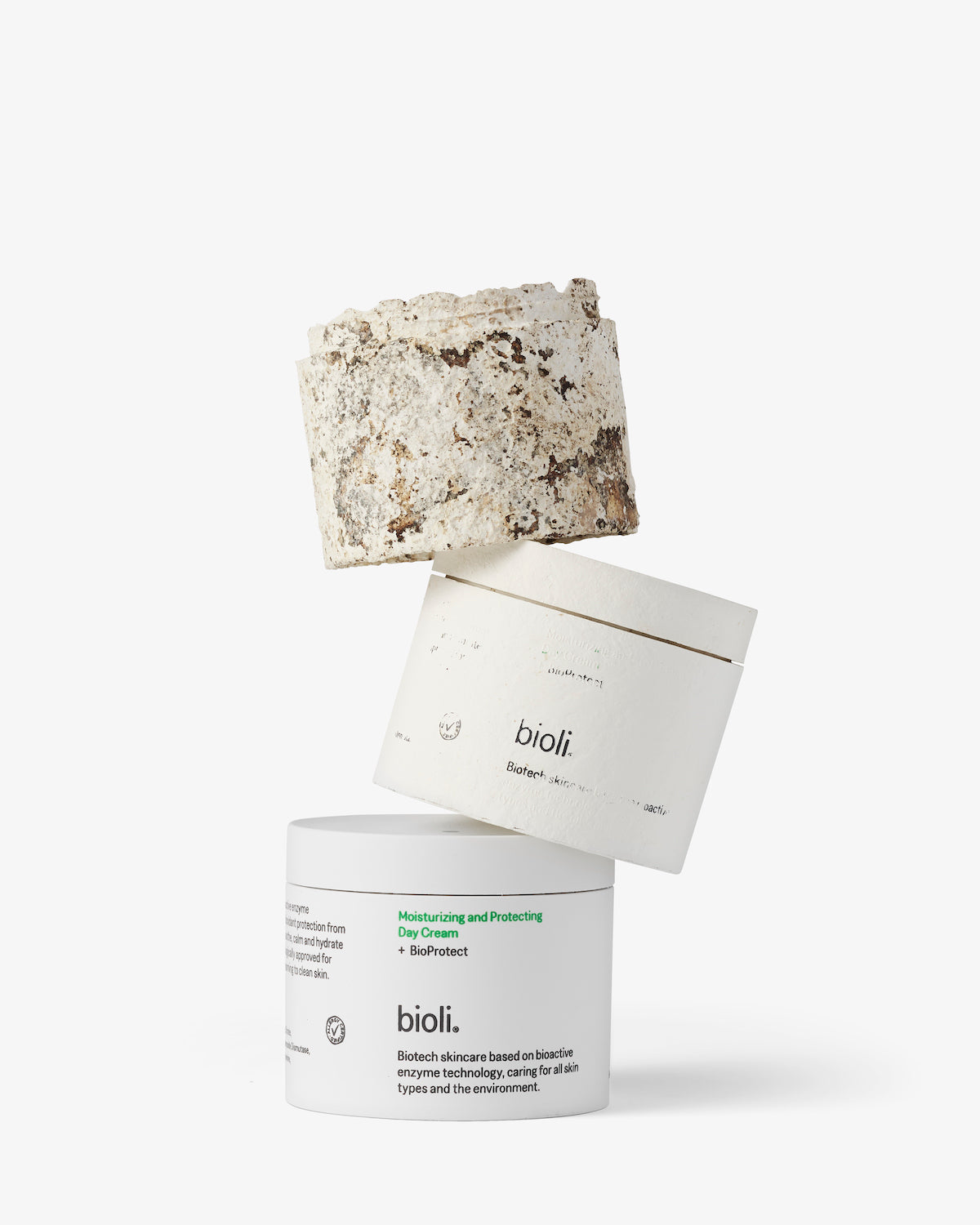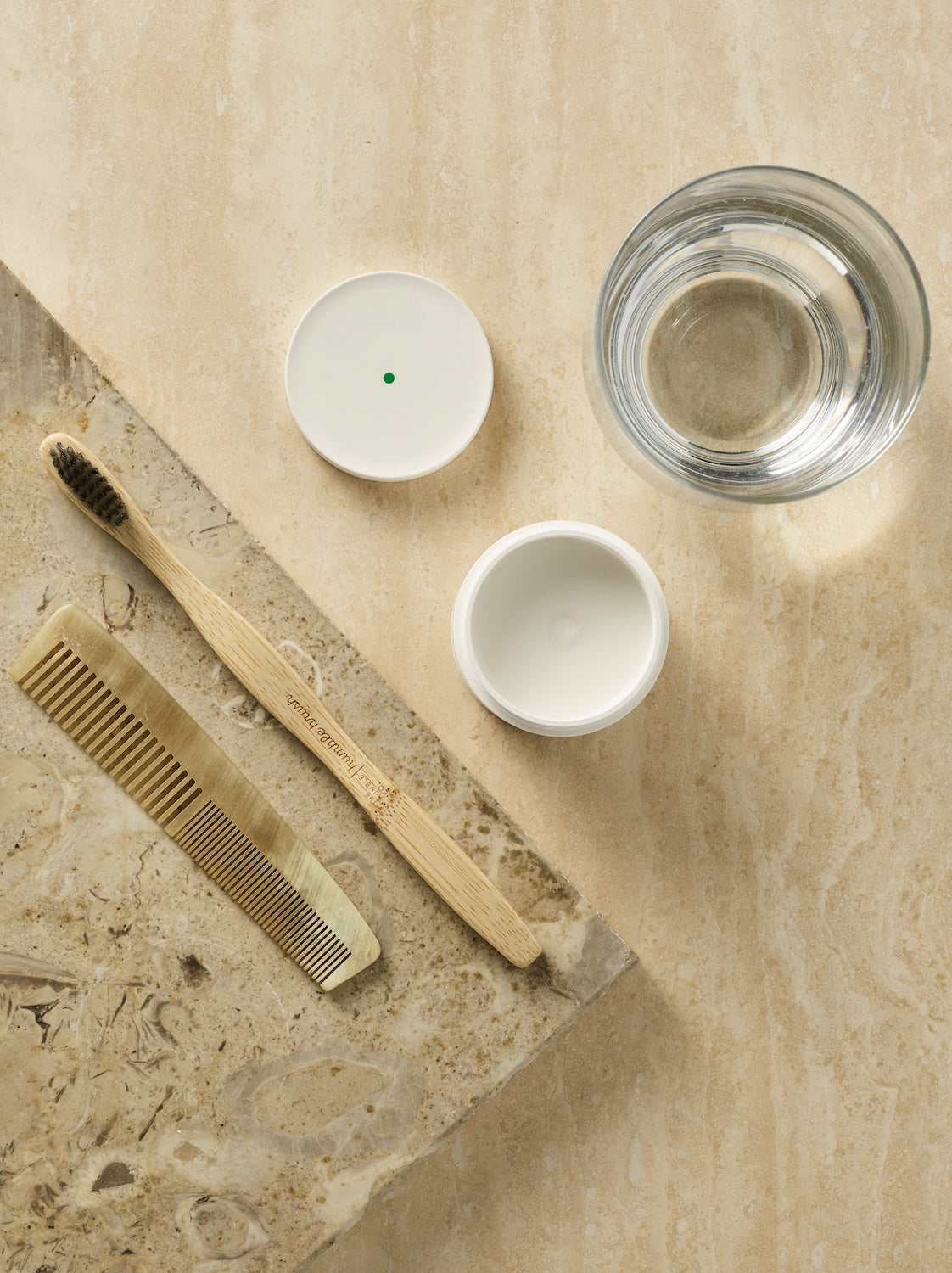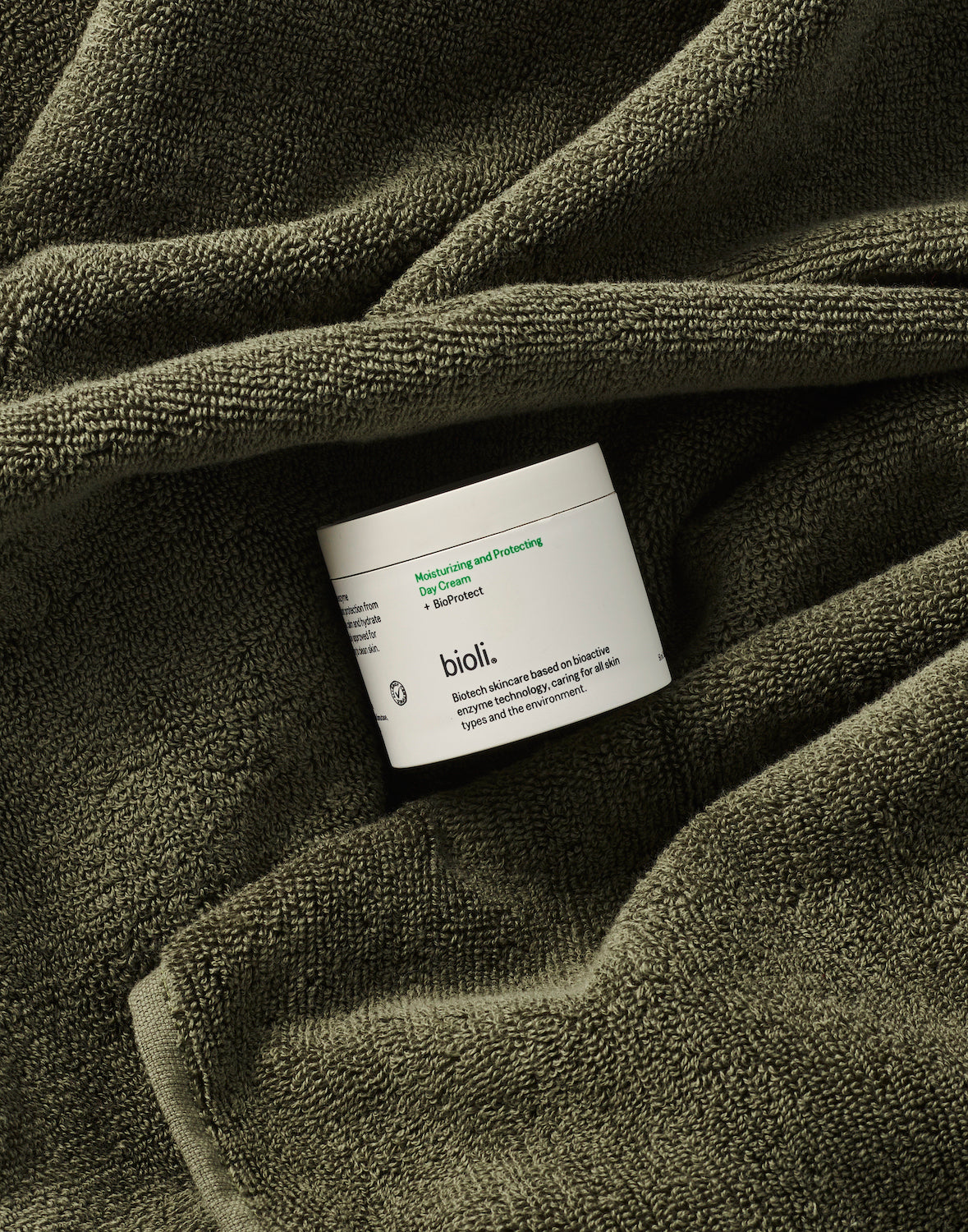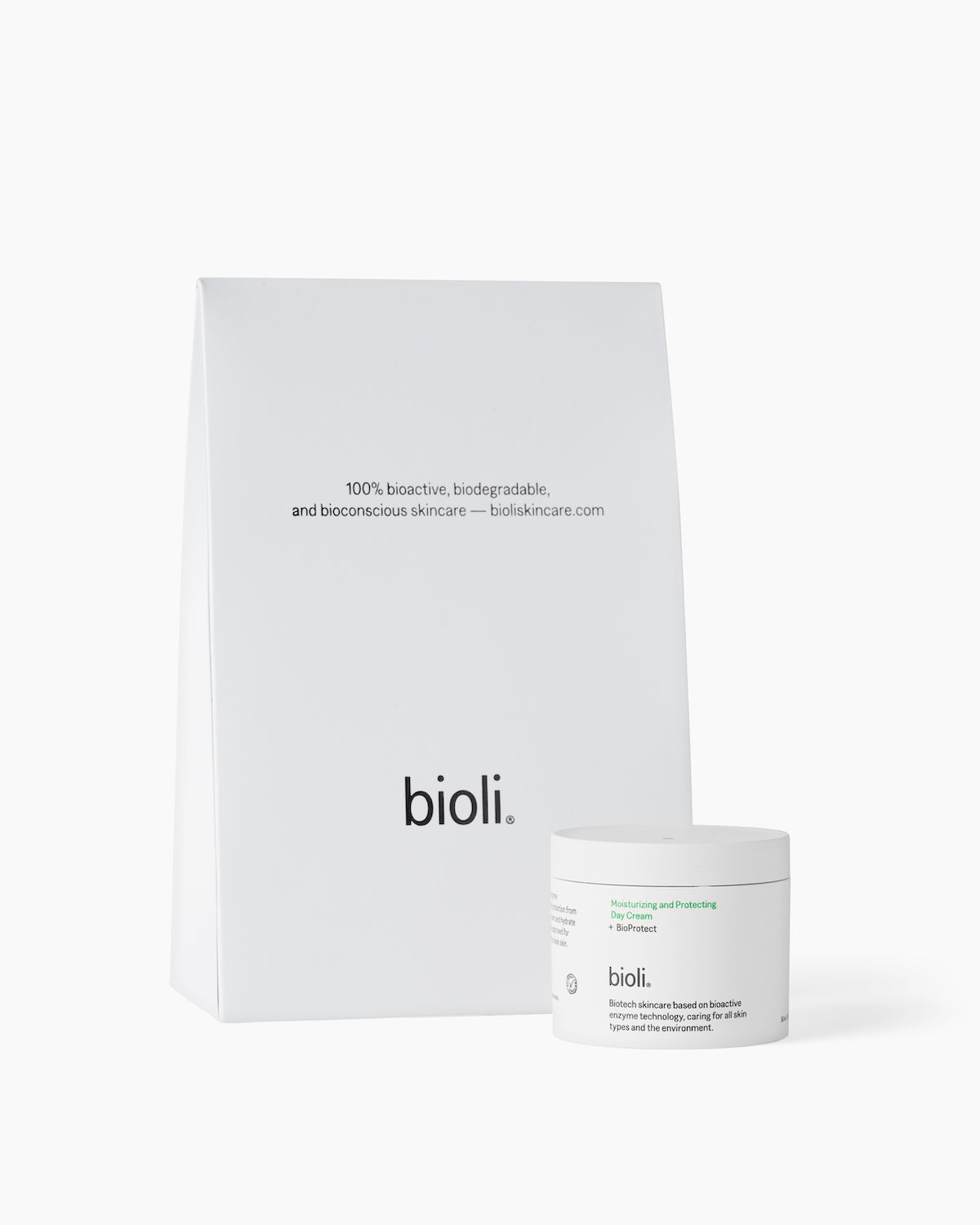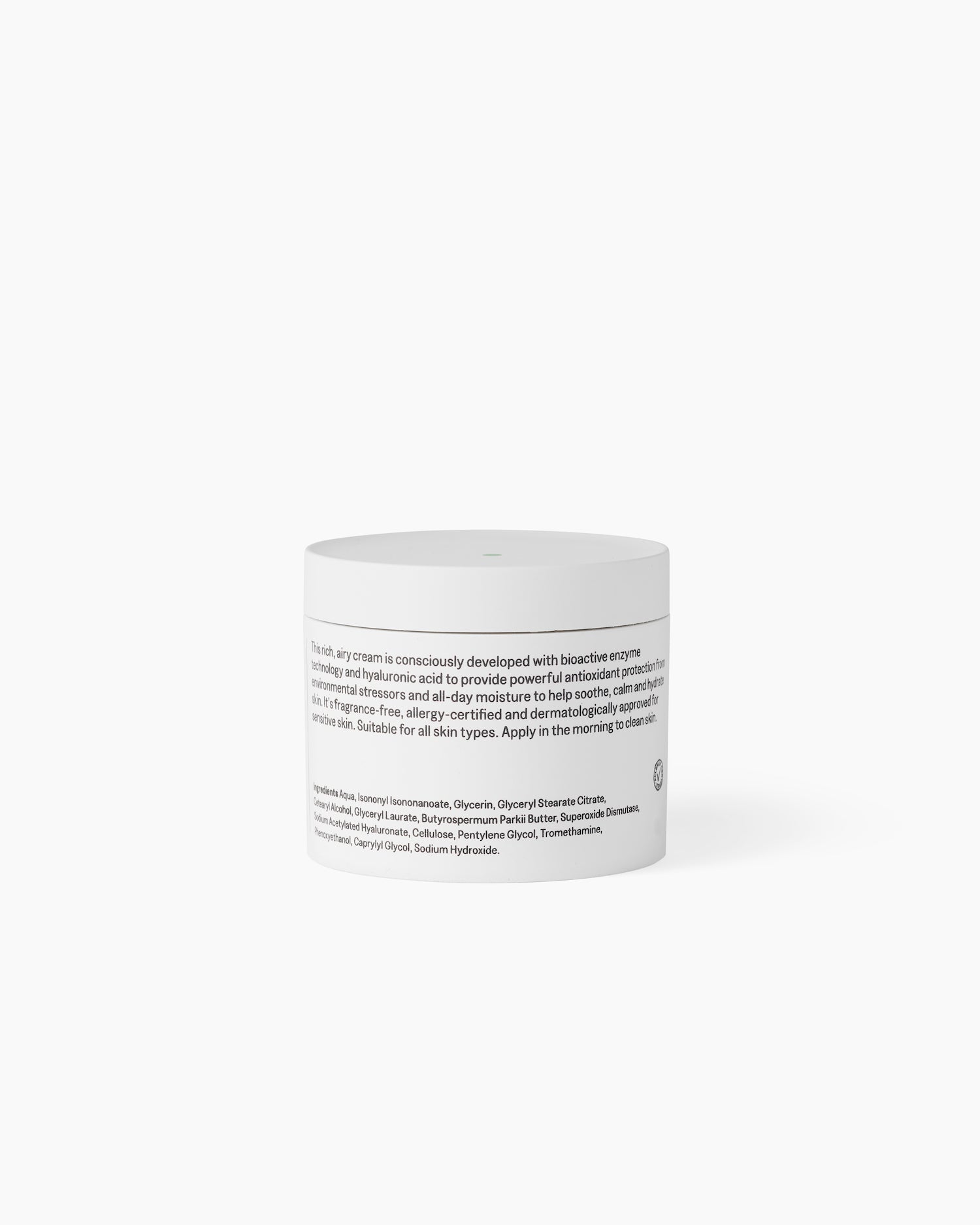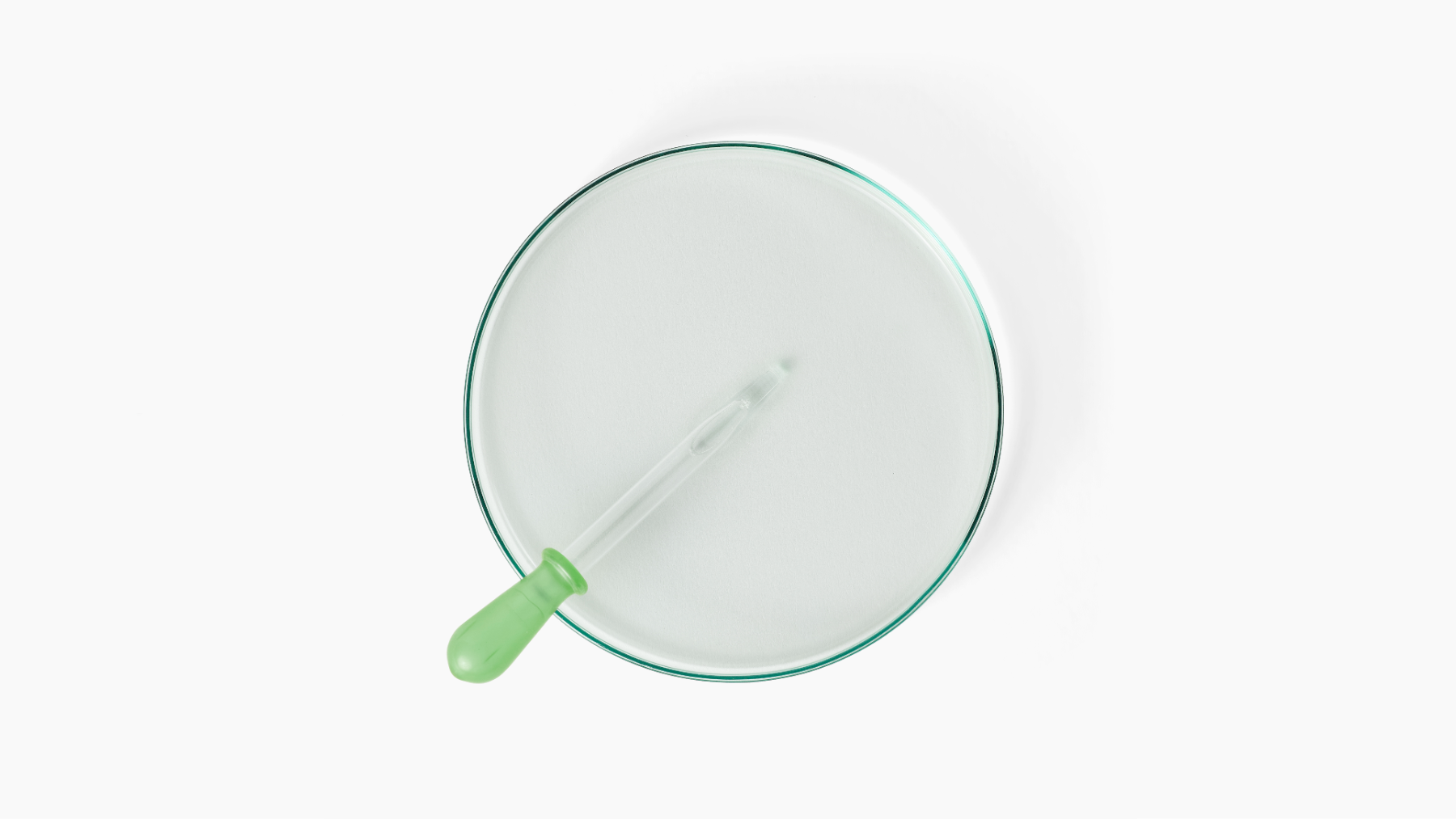Why packaging matters
Packaging protects and transports goods — but both its production and disposal have a major environmental impact. Unnecessary packaging waste is growing faster than our economies and even our populations.
- 40% of plastics used in the EU are for packaging
- 50% of ocean waste comes from packaging
- 186.5 kg of packaging waste was generated per person in the EU in 2022
Source: European Commission
A look at new packaging legislation
Europe is beginning to act. A new packaging regulation, called Packaging and Packaging Waste Regulation (PPWR), will apply from mid-2026, replacing the existing Packaging Waste Directive from 1994.
Key measures include:
- 100% recyclable: By 2030, all packaging must be recyclable
- Clear labels: Consumers must see what the packaging is made of, where to bin it, and how to return it
- No over-packaging: Empty space must be less than 50%, and fake bottoms and extra walls will be banned
- Reuse and refill: Deposit-return systems will be expanded, single-use plastics phased out, and reuse options mandatory
- Safe materials: “Forever chemicals” (PFAS) will be banned from August 2026
So change is happening, but timelines remain long. Many measures won’t take full effect until 2030, and some, like stricter recycled content targets, won’t be mandatory until 2040. While the legislation sets ambitious goals, much of today’s packaging habits will persist for years before the rules fully reshape the different markets.
Tea bags and fruit stickers — what about skincare jars and bottles?
The cosmetics industry produces an estimated 120 billion packaging units annually. Most of it ends up in landfills or oceans. Except for regulation around minis (like small shampoo bottles), a search for “skincare” and “creams” in the new packaging regulation shows very little focus on personal care — no skincare examples appear, highlighting how this sector continues to be overlooked.
Instead, the regulation circles around many food and beverage examples, such as tea bags and fruit stickers, which are required to be compostable. In the regulation that argument for this is that it’s unreasonable to expect consumers to separate the packaging from the product. By the same logic, one could argue that skincare tubes present a similar challenge: even after cutting, squeezing, and rolling, cream almost always remains inside, making the packaging and content inseparable.
Food packaging laws are generally advancing — for example, France now requires supermarkets to cut packaging waste by 10% before 2027 — while skincare still receives very little attention.
Skincare packaging
So, what are the issues with skincare packaging? With very few examples mentioned in the new regulation, the sector continues to fly under the radar. Some of the main challenges include:
- Glass jars: Look like a good choice sustainability wise, but the truth is that they are heavy to transport which cause high CO₂ emissions
- Plastic jars and tubes: Lightweight and technically recyclable, but around half of consumers don’t recycle them
- Over-packaging: Boxes within boxes, fake bottoms, leaflets, and unnecessary decorative layers
- Single-use formats: Minis for travel or hotels that are used once and discarded
Applying the new EU Packaging and Packaging Waste Regulation (PPWR) to skincare, by 2026 consumers can expect clearer labels showing how to sort and dispose of packaging. Over time, you can also expect less excess packaging: no oversized 50 ml jars designed to look like 100 ml, no fake bottoms or hidden walls, smaller shipping boxes, and a phase-out of single-use minis.
A smarter way forward
Instead of waiting years for new regulations to take effect, there are steps you can take right now.
Next time you shop for skincare, look for products with biodegradable and home-compostable packaging. In a home compost, such materials break down naturally, just like food scraps. Even if you don’t have a compost and the packaging ends up in general waste, it’s still more sustainable: it releases only natural-cycle carbon, not fossil carbon. Incineration is also more eco-friendly than burning conventional plastics, and if it reaches a landfill, it will degrade far faster than traditional plastic.
Currently, compostable jars aren’t accepted in most bio-waste bins, but even if they slip in, they will break down naturally — unlike plastics that pollute for centuries. There are many good reasons to choose home-compostable packaging. While legislation isn’t quite there yet, this is a smart, easy way to adopt a more responsible habit.
You can also learn more in the article Sustainable skincare: What is it really? , or check out Bioli’s Moisturizing and Protecting Day Cream. It comes in a jar made from fermented microorganisms that biodegrade within 52 weeks in home compost, paired with a FSC-certified paper bag that serve as both outer packaging and shipping material — combining sustainability with good design.


